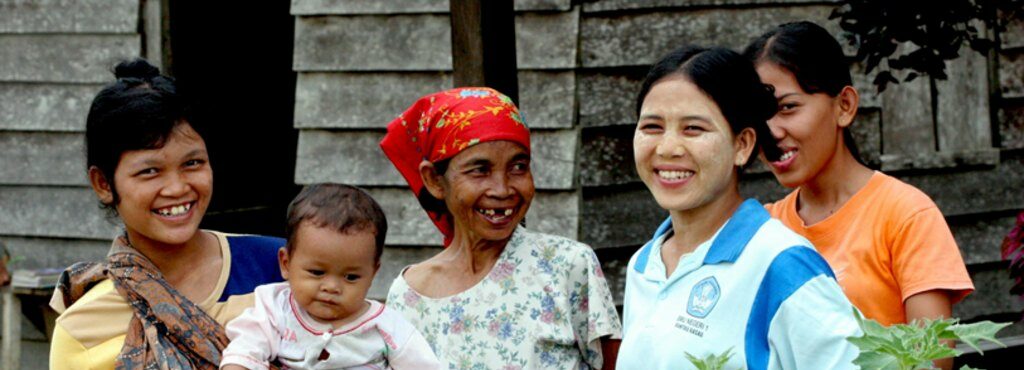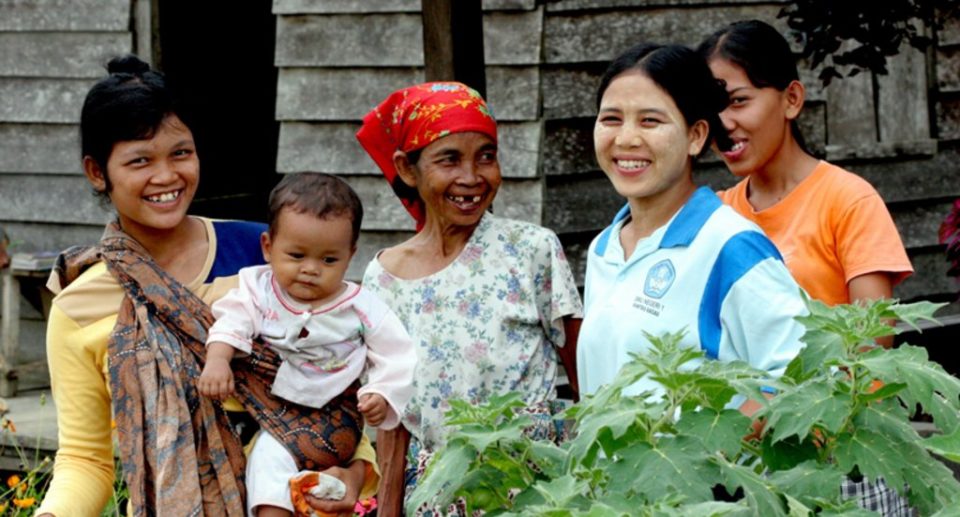
Paludiculture: because the sad story in peatlands does not want to be repeated
-
Climate mitigation and adaptation
-
Peatland conservation and restoration
-
Sustainable land use
Forest and land fires, or commonly referred to as Karhutla, especially on peatlands, have been a sad story for Indonesia for at least the past three decades. Fires on peatlands have become an international concern, not only because of the direct impacts experienced by the community due to exposure to smoke, but furthermore are due to environmental impacts caused in the form of greenhouse gas emissions, loss of biodiversity and loss of food resources and income of local communities.
In its natural condition, peat provides a variety of important environmental services for human life, both directly and indirectly. Peat is a very effective water storage during the wet season, and then releases it in the dry season. Peat is naturally always inundated. Peat is also a source of life and livelihood for the community because it provides food, energy sources, building materials and medicines. As science and knowledge rapidly developed, peat is known to play an important role in climate change mitigation and adaptation due to their ability to store carbon much more compared to other types of ecosystems.
Problems begin to emerge when there are efforts to convert peatlands into other uses through the drainage process. This will cause emission of below ground carbon into the air. Under drier conditions, peat will then be more prone to fire, and the sad story of Indonesia is repeated year after year. Long-term impact seems to approach, land subsidence occurs, resulted into potential flooding. To stop the repeated severe peat damage, a fundamental change in peat management patterns is needed, without involving, or at least minimizing, the drainage process. Paludiculture is one of the recommended management options. The term Paludiculture refers to the cultivation of native/local plants on swamp land (including peatlands) that are always wet, without disturbing the sustainability of the ecosystem, and helping to restore and preserve the environment, improve the economy and welfare of the people in and around peatlands.
Given the bright prospects of the Paludiculture approach to use peatlands wisely and sustainably and reduce the existing problems on peatlands, parties from government institutions, scientists, practitioners, academics, non-governmental institutions, private and individuals have agreed to establish the Indonesian Paludiculture Forum in Bogor, 2019. “The Paludiculture Forum or Paludifor is a multi-stakeholder platform that can help provide information about paludiculture and facilitate communication and coordination of the parties as an effort to improve peatland governance,” said Agus Tampubolon, Chair of the Paludiculture Forum. Furthermore, Hany Setiawan, S.Hut., M.Sc., Plh. The Head of the Center for Forest Research and Development, Ministry of Environment and Forestry, said, “Some of the obstacles and challenges in the development of native peat commodities include the availability of good and healthy seeds, technical capacity, marketing and policy”. “Paludiculture is one of Indonesia’s opportunities to improve peatland management that are in accordance with the characteristics of the peat itself,” stressed I Nyoman Suryadiputra, Head of the Yayasan Lahan Basah (YLBA)/Wetlands International Indonesia.

The challenges then becomes nothing compared to the ecological and economic losses that have been experienced so far. Therefore, there is a need for an opportunity to exchange ideas and experiences regarding the real use of Paludiculture in Indonesia, including developing the investment of the peat native commodity business in a sustainable manner. Because Indonesia does not want the sad news on peatlands and forests to repeat itself.
